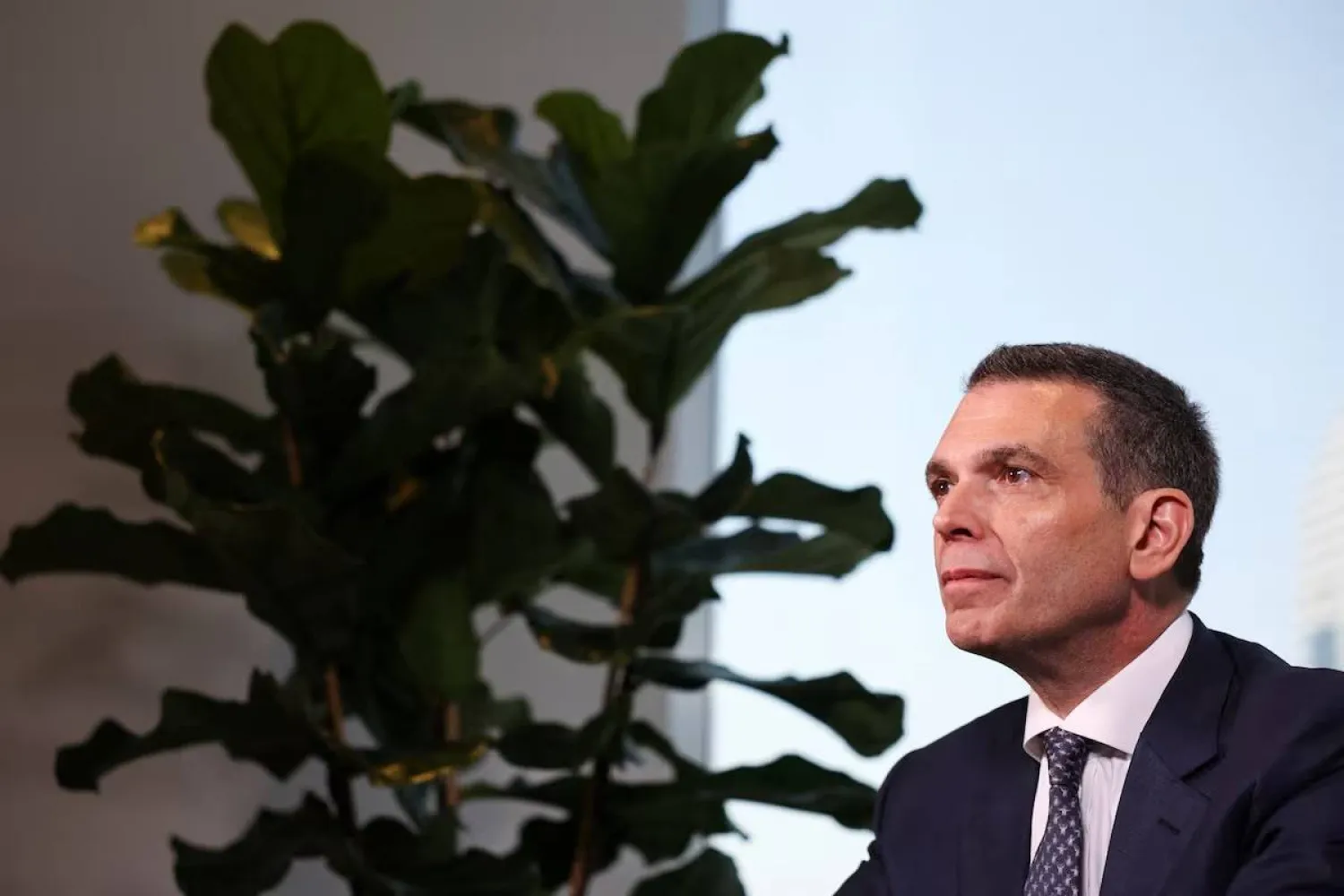As Saudi Arabia’s candidate for the presidency of the largest international trade organization - is expected to unveil his program, the Moldovan and South Korean candidates agreed that the World Trade Organization (WTO) needed to regain the members’ confidence and to launch a series of reforms.
WTO candidates will be presenting themselves until next Friday. They will have a few weeks until September 7 to persuade the capitals, which will choose the next president during a special meeting in Geneva.
This comes after Brazilian Roberto Azevedo suddenly announced leaving his post in mid-May, and officially giving up his duties at the end of August, a year before the end of his term.
On Thursday, candidates Tudor Ulianovschi of Moldova and Yoo Myung-hee of South Korea, underlined in their speeches the need to reform the WTO work mechanism and to restore confidence by enabling it to keep pace with the 21st century’s world trade.
In his address to the WTO members, Ulianovschi said the organization was not related to the global community today and must demonstrate its importance and do more. He noted that he presented his personal vision for the reform to the organization’s advisory council.
The Moldovan candidate said the top priority for the Director-General next year was to revitalize the organization’s functions, including its negotiating ability and the involvement of all members in the global discussions.
He added that the second priority was to revive the WTO’s judicial function. As for the third priority, he emphasized the need to enhance the principles of transparency and strengthen the supervision within the international organization.
Ulianovschi has assumed the post of Foreign Minister of Moldova from January 2018 to June 2019. He held other diplomatic positions, including his country’s ambassador to Switzerland, and has diplomatic experience of about 15 years.
For her part, Yoo Myung-hee, South Korea’s Minister of Trade, presented her vision for the WTO, stressing that the organization should become “a supreme court” in international trade matters.
She also said that the WTO was at a crossroads, and therefore needed a more confident reform process and integration into the global trading system.
“The world has changed and countries have changed, so there is a need to reorganize global trade,” she stated.
On Thursday, candidates Jesus Seade Kuri from Mexico, Abdel-Hamid Mahmoud of Egypt and Ngozi Okonjo-Iweala of Nigeria revealed their programs in front of 164 members of the council.
Other candidates include former British Minister of International Trade Liam Fox and former Saudi Minister of Economy and Planning Muhammad Al-Tuwaijri.
Saudi Arabia attaches great hopes to its candidate’s victory, especially after the strong confidence expressed by the international community in the Kingdom’s role in the global economic scene.
Al-Tuwaijri held a number of meetings with WTO officials, member-states and regional groups, on the sidelines of his visit to Geneva to present his candidacy speech to the Organization’s General Council.
He met with Roberto Azevedo, the current WTO director-general, the ambassadors of Arab countries and the group of Article XII which consists of 38 members, in addition to the Latin American and Caribbean group of 33 members, in the presence of the permanent representative of Saudi Arabia to the organization.
Al-Tuwaijri is expected to present his candidacy statement to the organization’s general council this Friday, following which he will hold a press conference with media representatives.
The Saudi minister’s nomination comes amid major global challenges in the trade system and reflects the Kingdom’s commitment to driving economic growth and achieving sustainable development.









